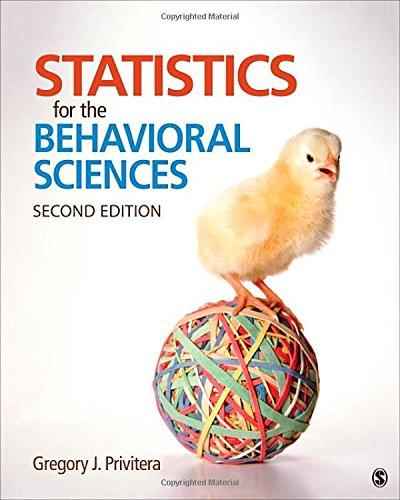Tung and Deng (2007) studied how emoticons (computerized facial expressions) and sex influenced intrinsic motivation to complete
Question:
Tung and Deng (2007) studied how emoticons (computerized facial expressions) and sex influenced intrinsic motivation to complete a computer task. Emoticons were used as feedback for responses during the task. These faces were either static (presented still for the duration of feedback) or dynamic (presented as a neutral face and changed to the expression corresponding to the feedback). The researchers conducted a 2 × 2 between-subjects ANOVA, with emoticon style (static, dynamic) and sex as the factors. The F table gives the data reported in the study.

(a) Is a significant main effect or interaction evident in this study and, if so, for which factor?
(b) Are post hoc tests required? Explain.
Step by Step Answer:

Statistics For The Behavioral Sciences
ISBN: 9781452286907
2nd Edition
Authors: Gregory J. Privitera





